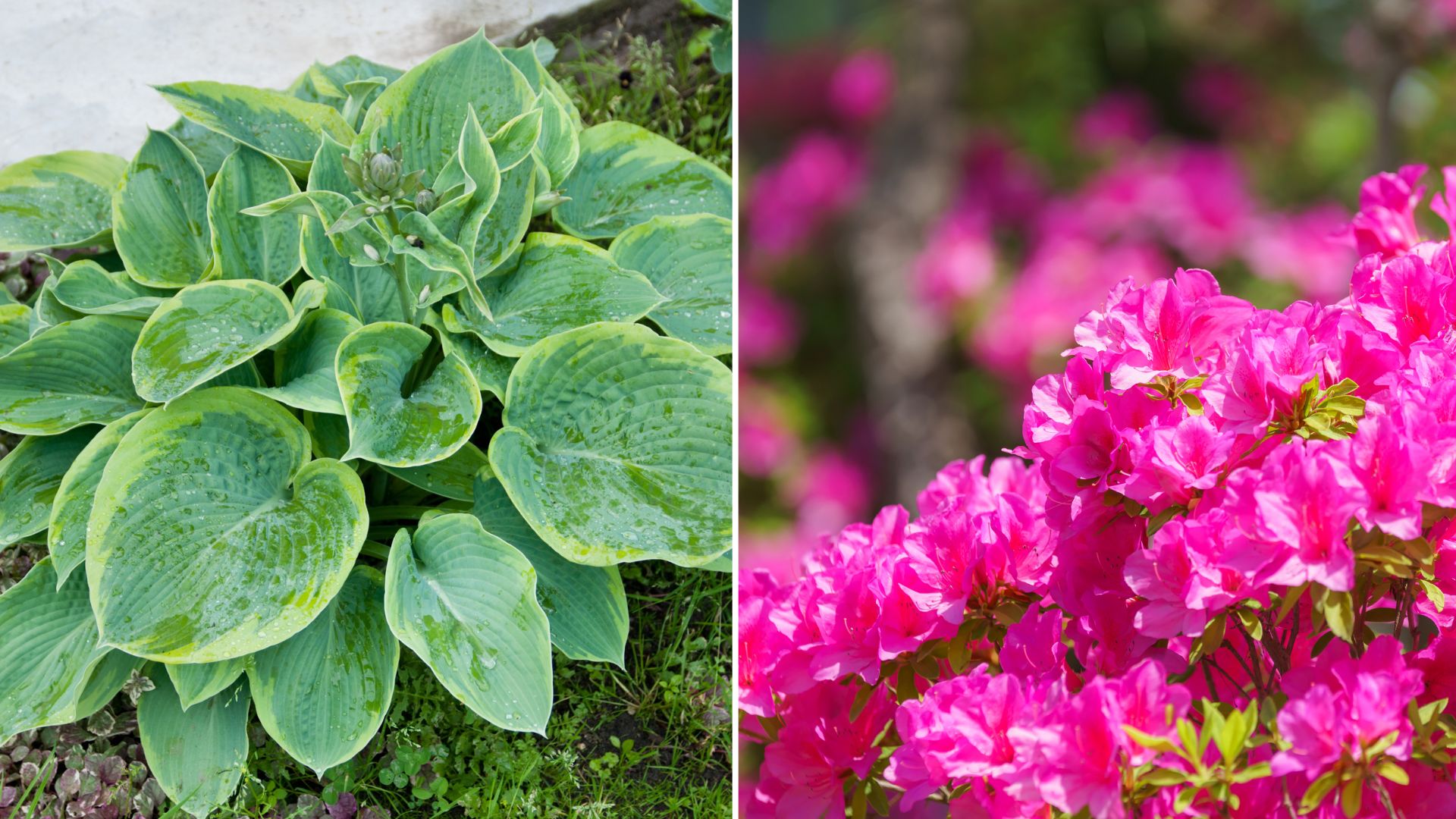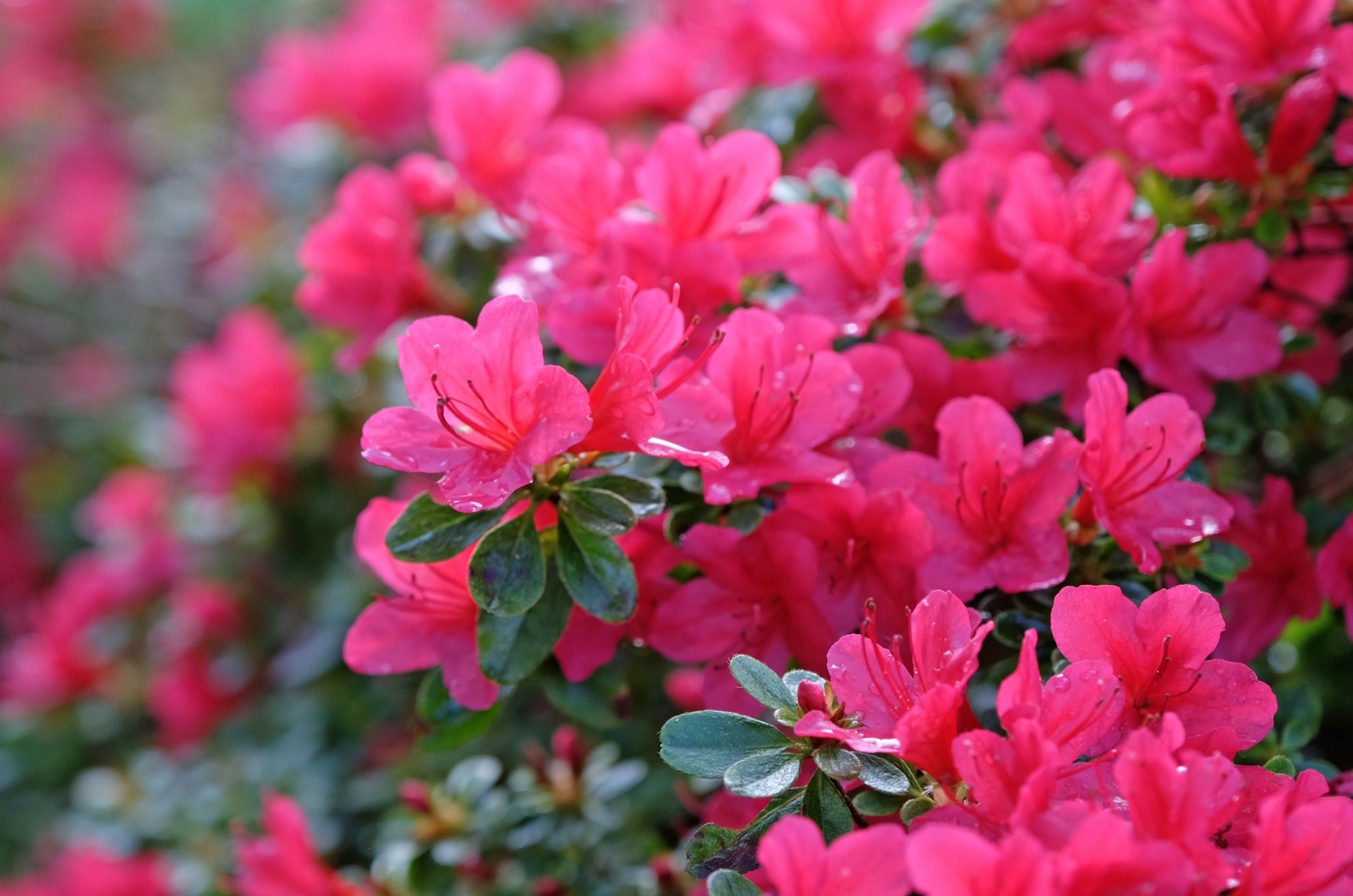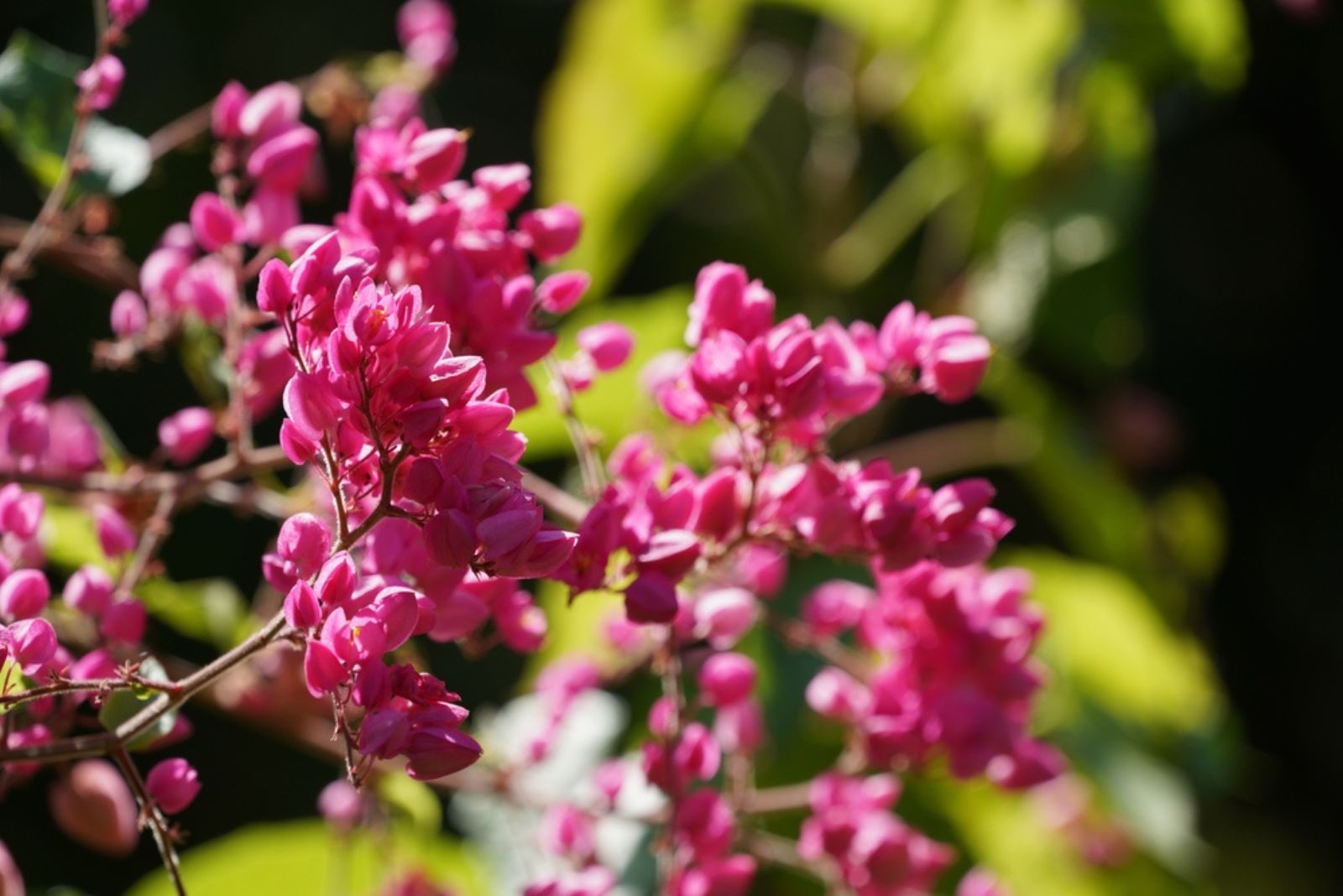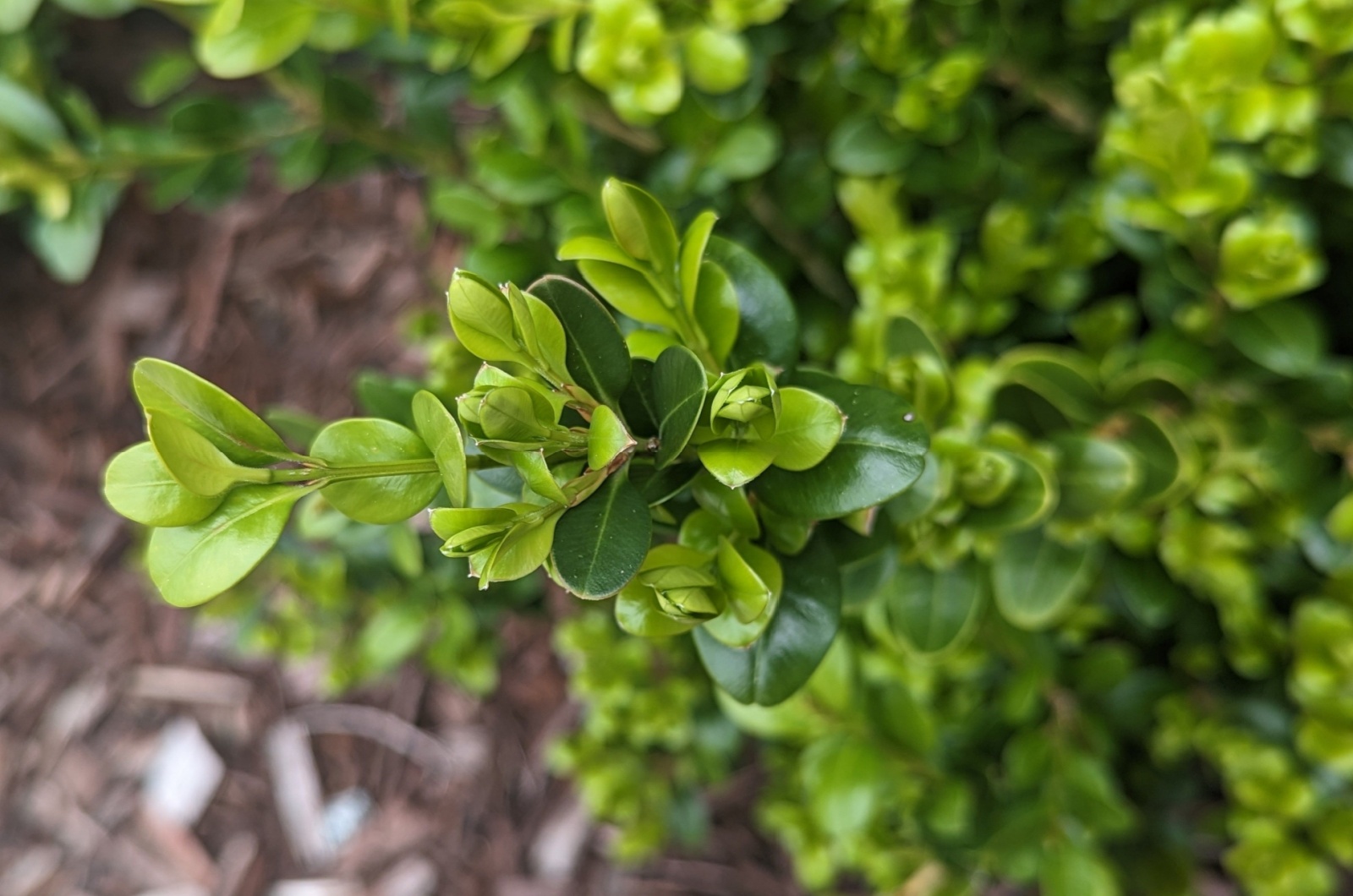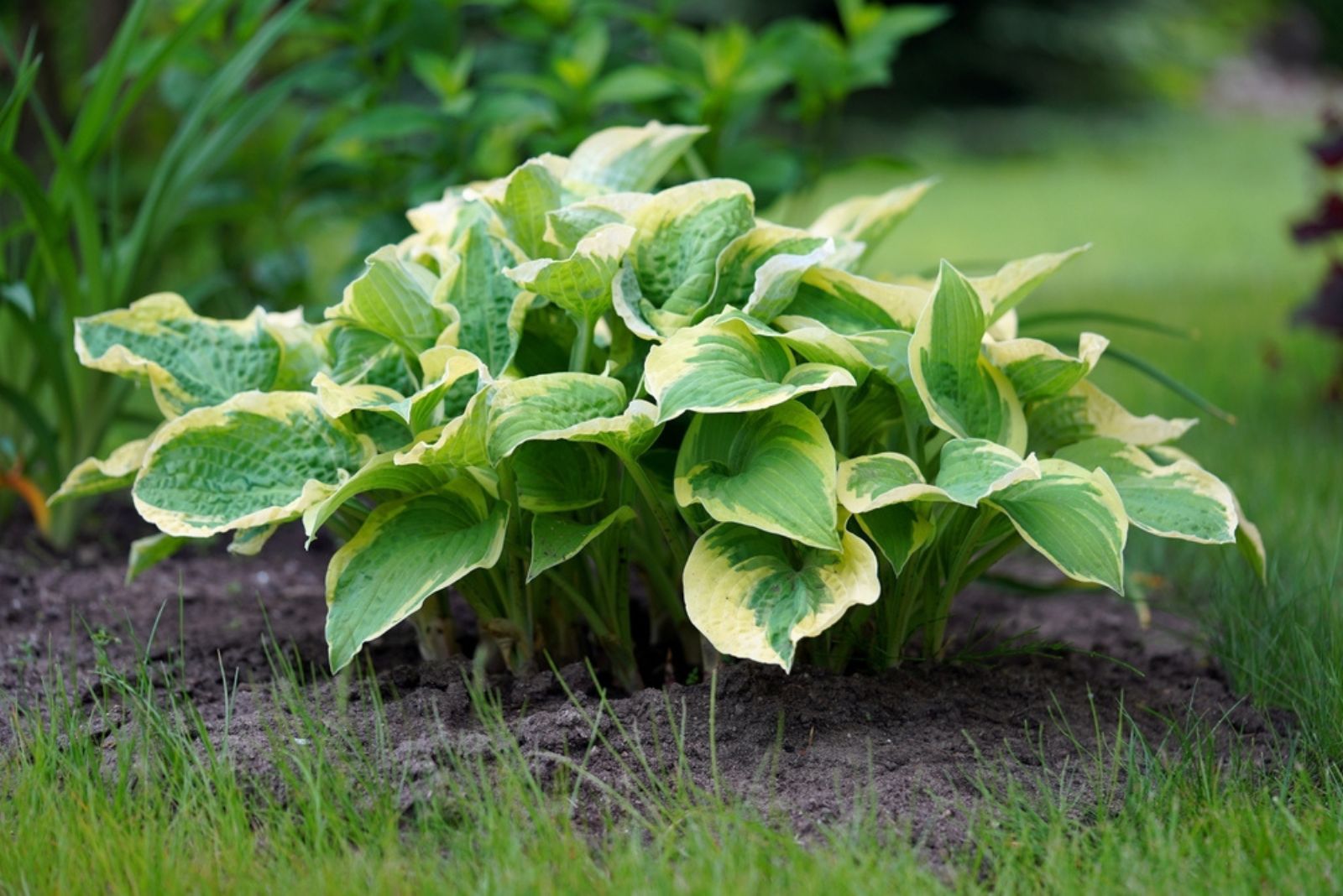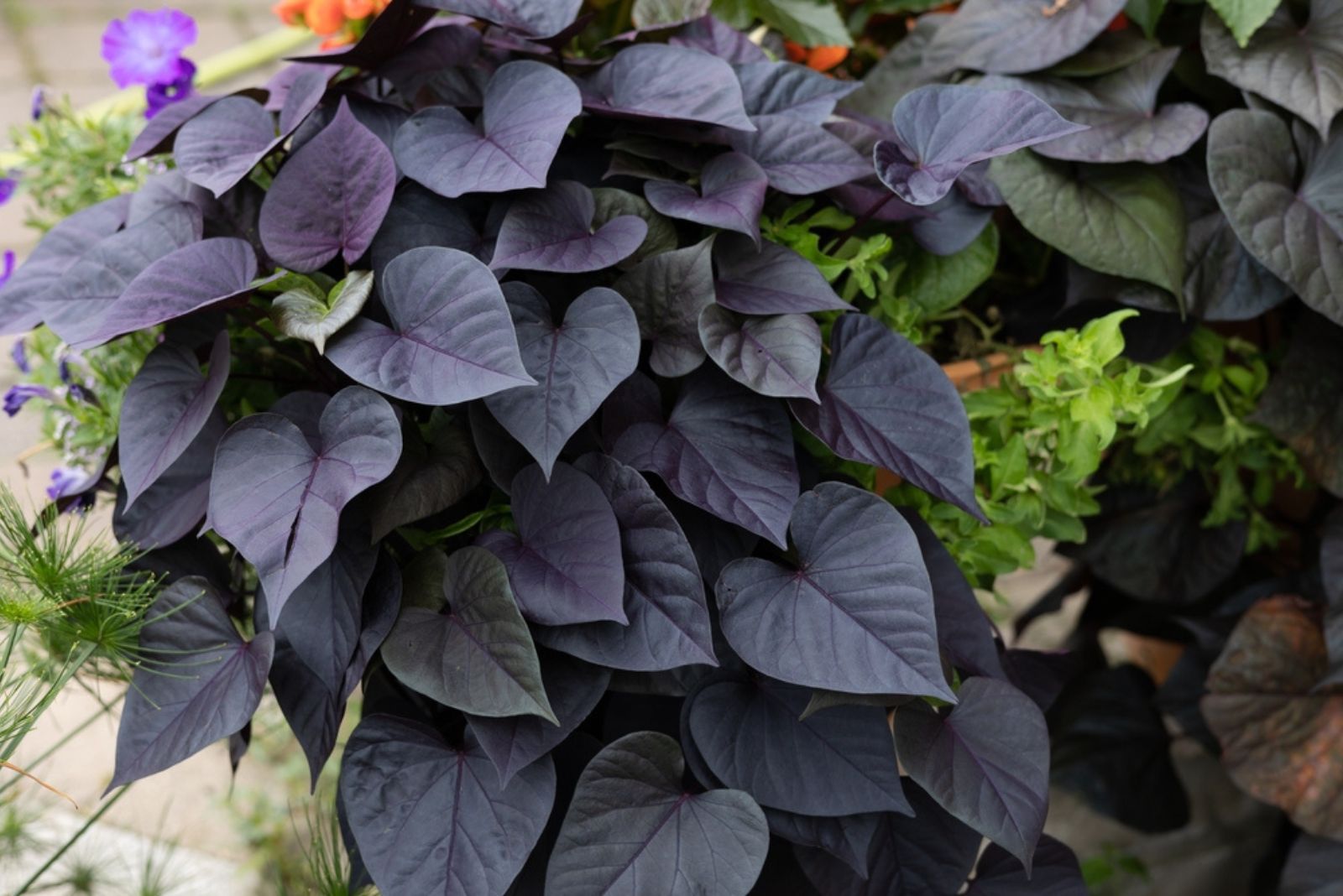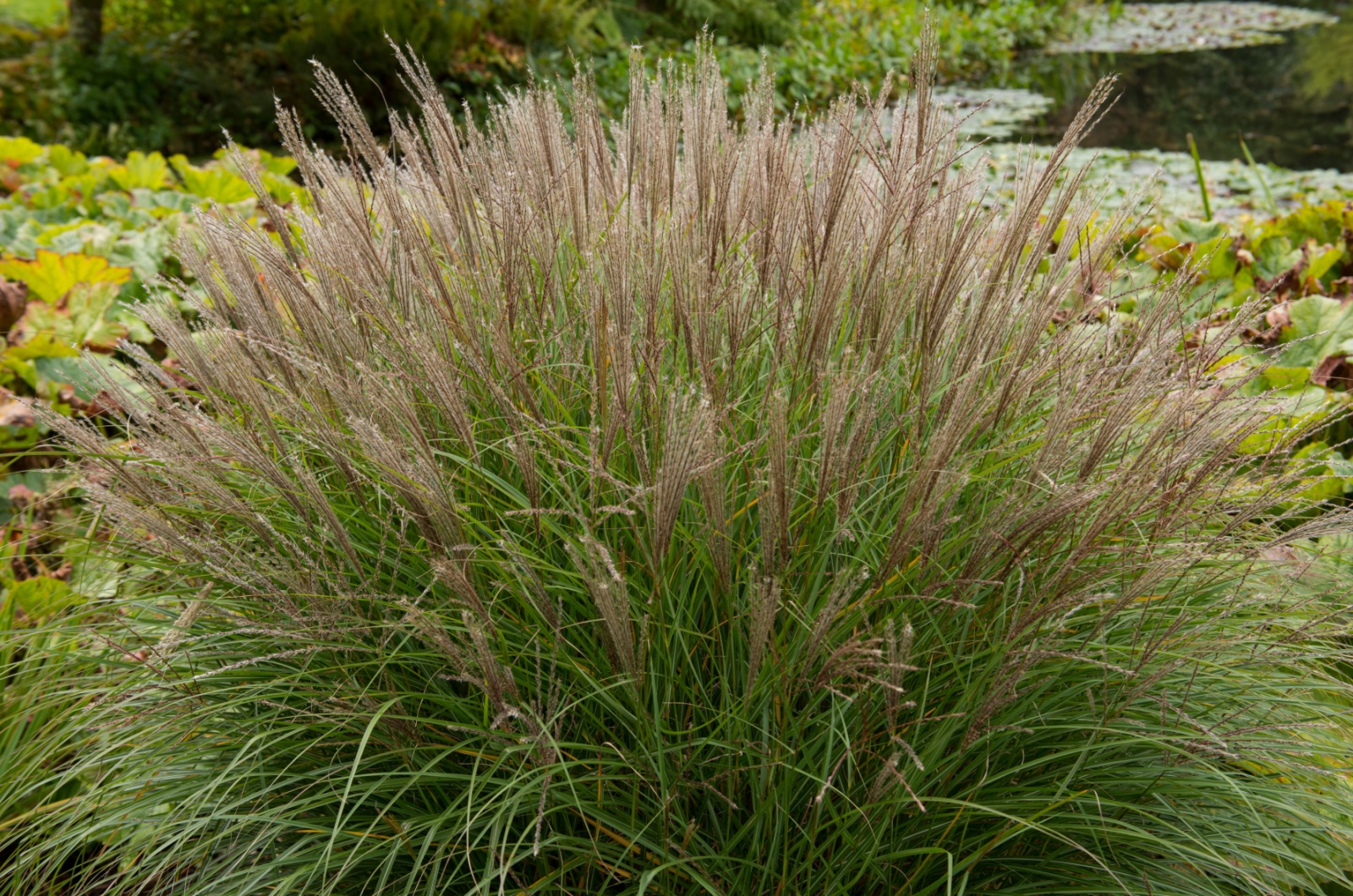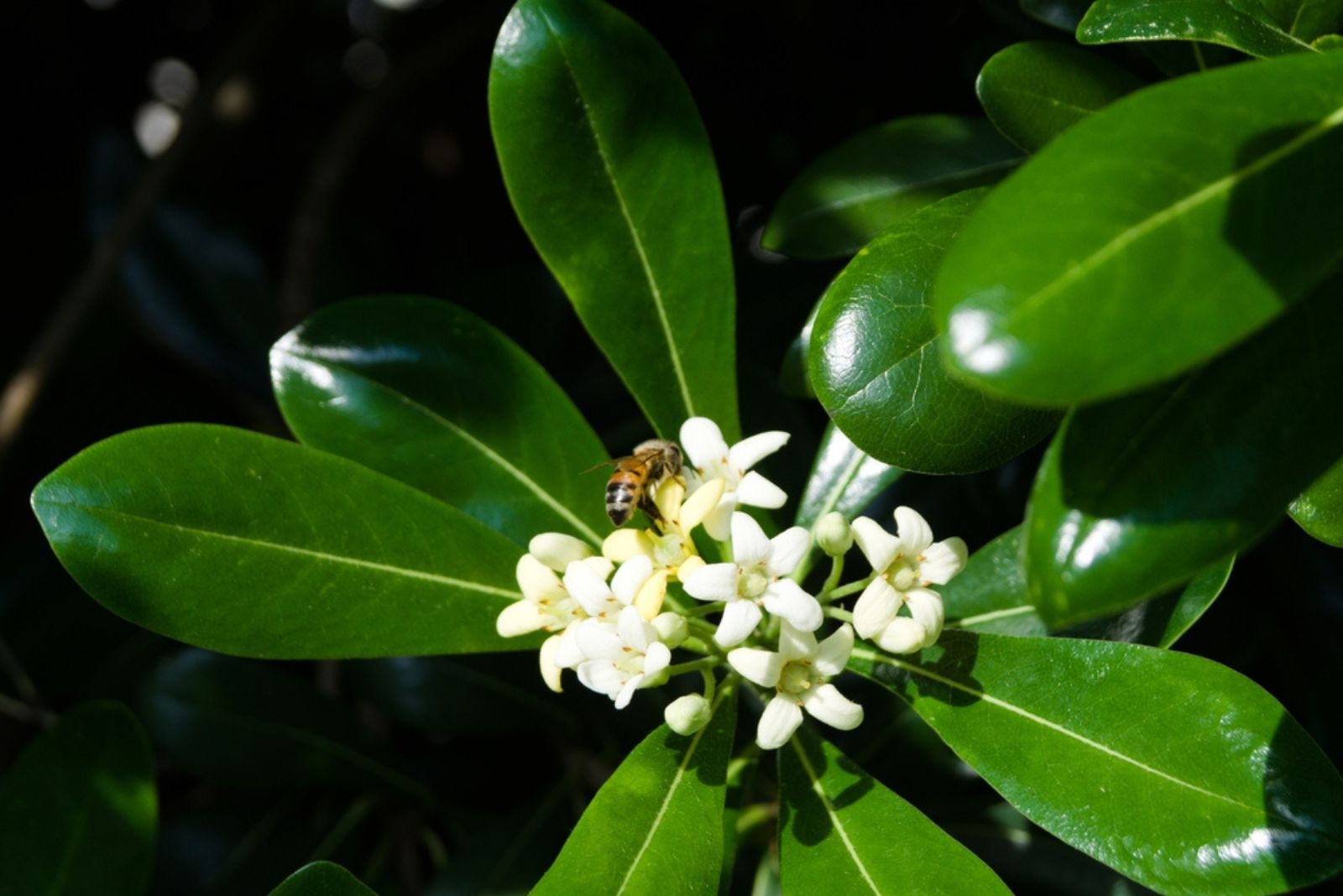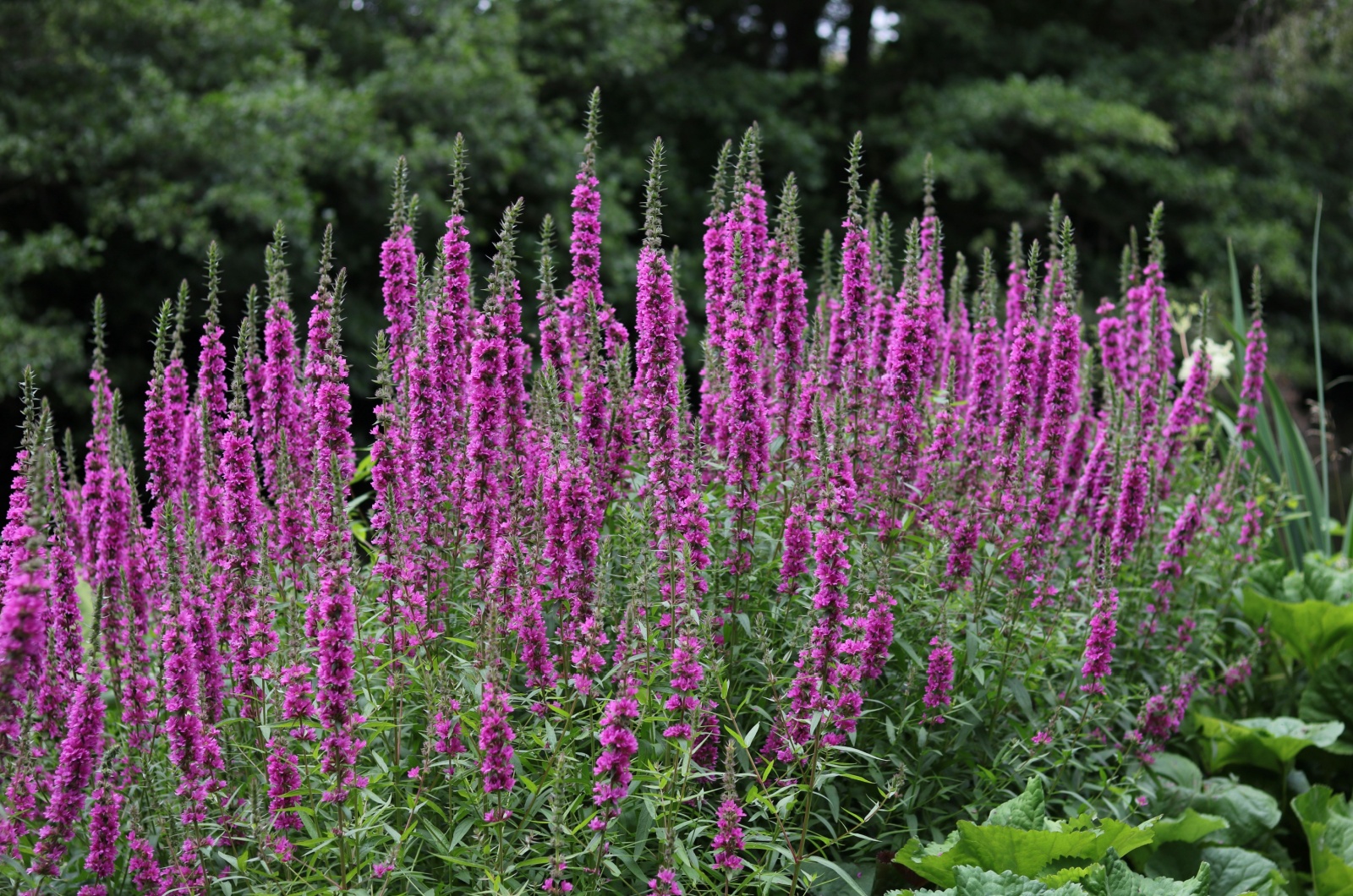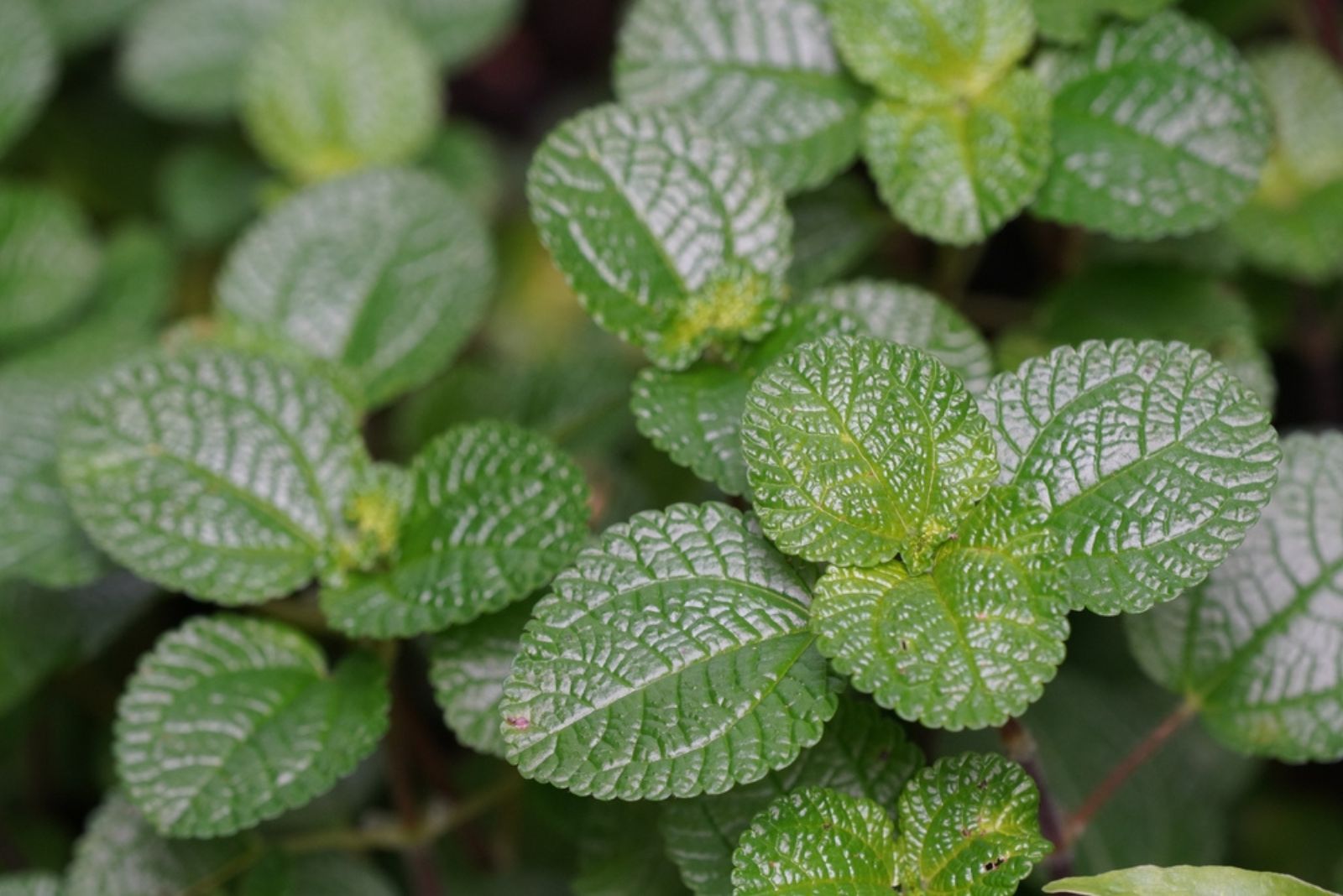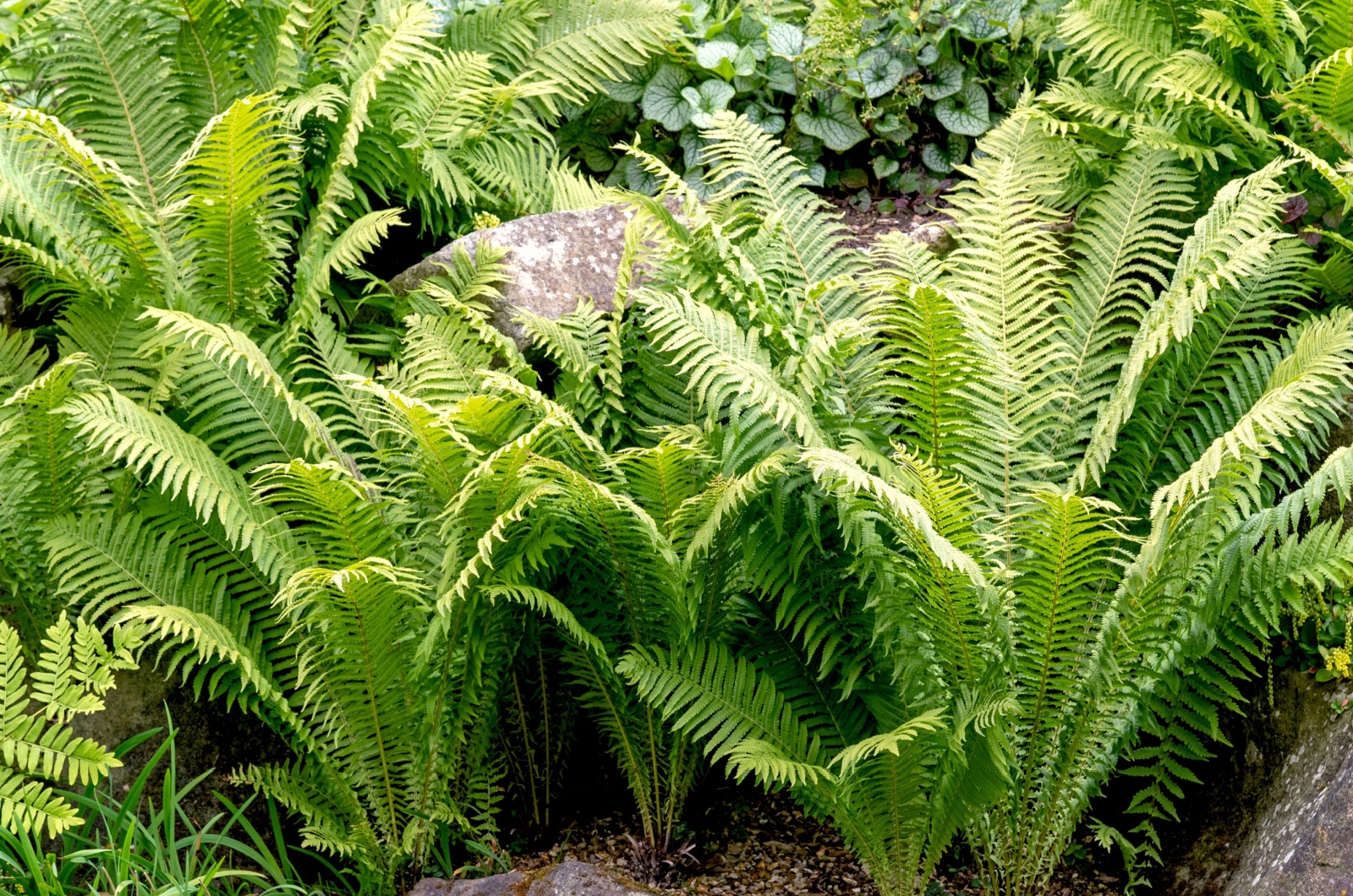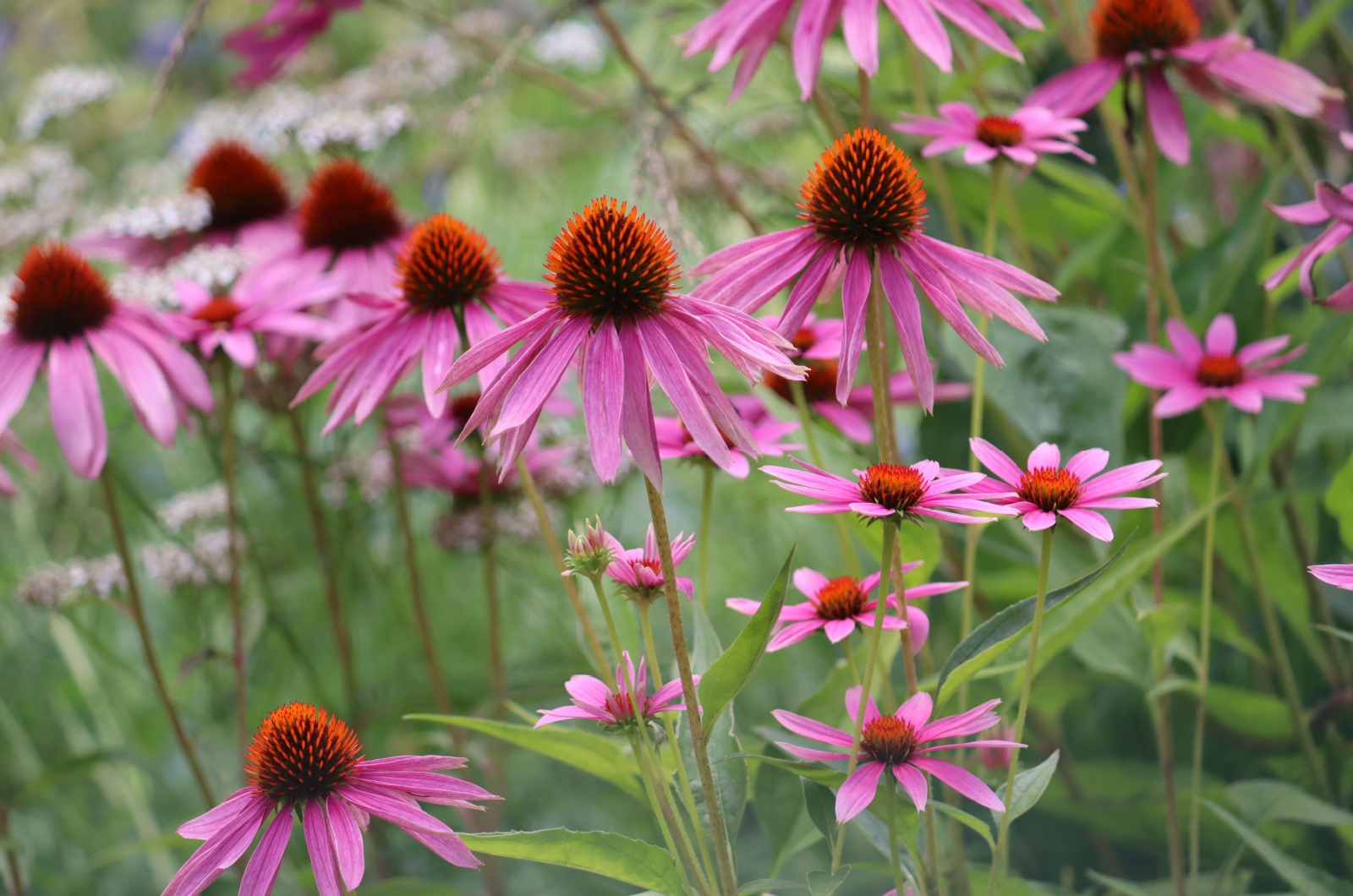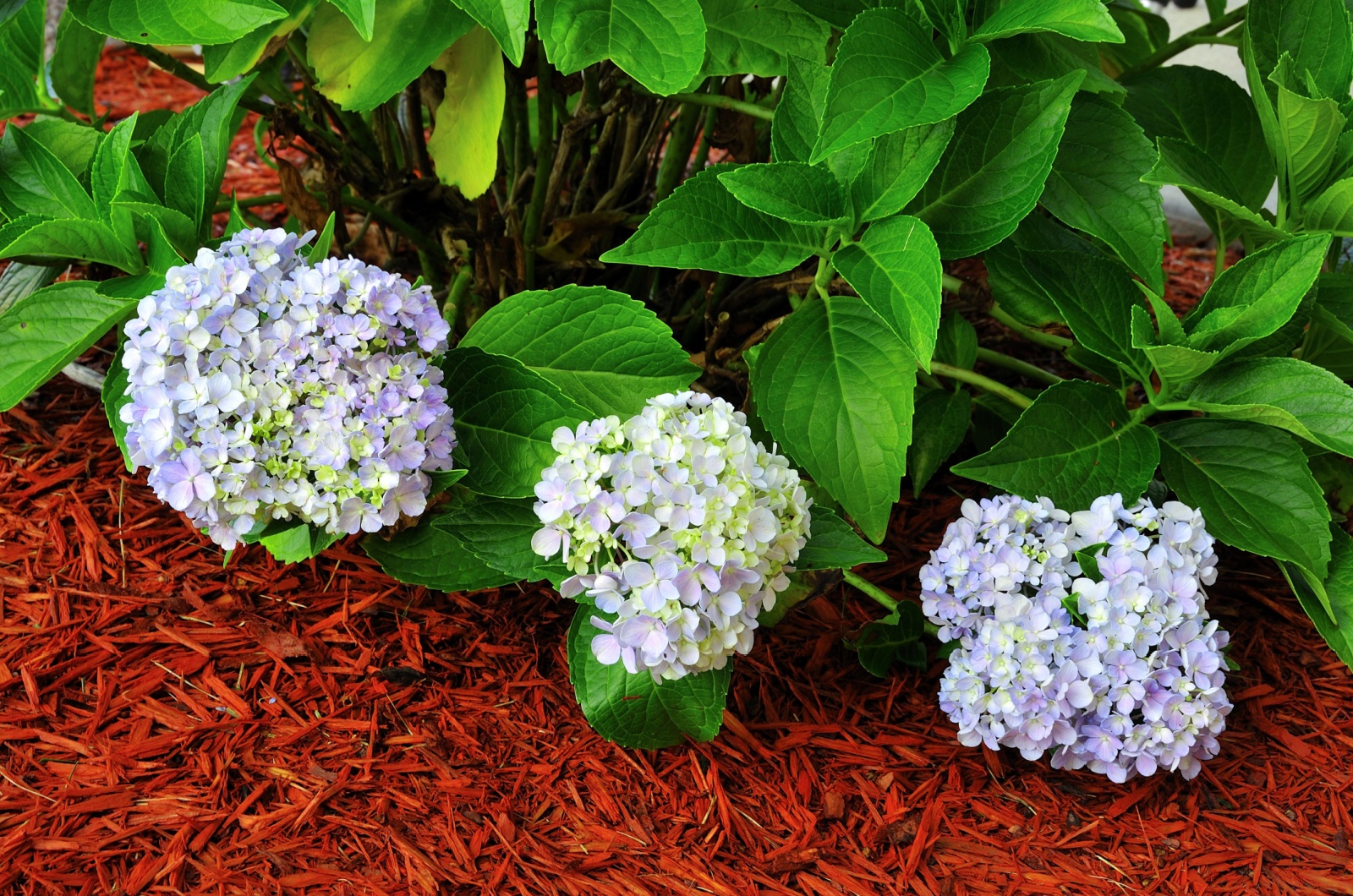A summer garden without hydrangeas? Not a chance! These breathtaking flowering plants deserve a spot in every outdoor space.
The vibrant hues of their blossoms will adorn your garden on their own but you can spice things up and add some amazing companion plants for hydrangeas.
Here are 11 plants that will do the best job!
1. Azaleas
Why plant hydrangeas near azaleas? These plants grow well in the same conditions and won’t steal each other’s nutrients or inhibit growth.
Moist soil with low pH works perfectly for both plants and they’ll thrive in partially shaded areas of your garden. You can regulate moisture in the soil of both plants by adding mulch.
When compared to hydrangeas, most azaleas will start displaying their blossoms earlier in the season. However, some varieties can bloom later and produce blossoms at the same time as hydrangeas.
White and yellow azaleas look amazing if grown near blue hydrangeas, whereas pink azalea varieties pair best with white types of hydrangeas.
You can combine colors depending on your preference but there’s only one thing to be careful about. Never plant any azalea variety, no matter the color, near pink hydrangeas!
Soil acidity affects hydrangea color, and if you want to get pink hydrangeas, you need to keep the soil on the slightly alkaline side.
All azaleas love acidic soil types and high pH may severely affect their growth. If you plant pink hydrangeas in acidic soil, they’ll turn blue.
2. Coral Bells
The colorful foliage of coral bells aka Heucheras makes these plants stand out in any garden design.
The story about coral bells doesn’t stop with the foliage. It perfectly combines with small bell-shaped blossoms. As an added bonus, they’re full of nectar, and hummingbirds and butterflies simply adore them.
Imagine a garden with Heucheras and hydrangeas. What a beautiful color display lime-green coral bells make when complemented with white hydrangeas!
You can also add more companion plants for coral bells, such as ferns and azaleas.
Hydrangeas and Heucheras won’t compete for nutrients and will thrive in moist, nutrient-rich, and acidic soil types.
3. American Boxwood
Boxwood plants make an excellent addition to formal gardens and you can add a wild touch by planting hydrangeas nearby.
It’s a perfect plant for hedges and its vibrant green color pairs perfectly with any hydrangea variety. Simply add a row of American boxwood and plant hydrangeas in front.
Boxwood will grow taller and you’ll get a splendid and colorful wall.
These plants have similar watering needs and enjoy the same soil types. Be sure to protect your American boxwood and hydrangeas during hot summer afternoons.
4. Hostas
You’ll notice that hostas are parts of almost every garden and it’s completely justified. These easy-to-grow plants do well in both partial and full shade, making them perfect for spots that lack light.
Since hostas enjoy moist and nutrient-rich soil types they’ll get along well with your hydrangeas. You can plant them in borders or some shady corner of your garden.
I especially like the combination of hydrangeas, of any color, with variegated hosta species.
5. Astilbes
Astilbe plumes come in various colors and have different textures but they all have one thing in common: they’re breathtaking.
I recommend planting purplish-red astilbes with white hydrangeas to add a touch of elegance to your garden.
Hummingbirds, butterflies, and bees love astilbes so if you want a pollinator garden, these plants are a great way to go. As an added bonus, deer aren’t fond of astilbes so you won’t have issues with these animals.
Astilbes and hydrangeas grow well in the same conditions. The only thing to pay attention to is to provide some shade for your astilbes since harsh sun rays will scorch the leaves. But don’t plant them in full shade too because it inhibits flower production.
6. Sweet Potato Vines
If you need a ground cover plant, sweet potato vines will do the best job.
What’s special about these plants is that there are many varieties that produce bronze, purple, light-green, and almost black foliage and each will look captivating when planted with hydrangeas.
You can grow these plants as perennials but only if you live in USDA zones 11 and 12. However, they’ll make perfect annuals in zones down to 8.
7. Ornamental Grasses
The spectacular slender foliage of ornamental grasses will pair perfectly with any type of hydrangea.
If you need ornamental grass for borders, go with smaller varieties, such as maiden grass or fountain grass. Ryegrass and fescue also make good choices, especially for those who prefer a more classic garden.
You can grow other grass species, such as Japanese forest grass but make sure to plant them in partially shaded locations.
8. Pittosporum
The pittosporum hedge looks spectacular and will fit into every garden design. The best variety to plant near hydrangeas is Pittosporum tobira, aka Japanese mock orange.
It has whorled foliage and produces small white blossoms that pair well with hydrangeas.
Bear in mind that these plants are sensitive to cold temperatures so don’t grow them if you live in zones 7 and below.
Before planting your Japanese mock orange, make sure the soil is free-draining because these plants won’t survive in overly wet soil.
9. Veronica
Have you been thinking about mass planting this year? If so, I highly recommend adding hydrangeas and Veronicas to your garden. This hydrangea companion is a deer-resistant plant, so you don’t need to worry about Bambi paying a visit.
The blossoms of Veronica plants come in various stunning colors, such as pink, blue, and white, and no matter which hydrangea type you grow nearby, it will look fantastic!
The good thing about Veronica plants is that they can grow well in both acidic and alkaline soil types, which means you can plant pink and blue hydrangeas near them.
Another excellent feature of these plants is that they tolerate all light conditions; they’ll thrive in direct sun and partial and full shade.
There’s only one thing Veronicas won’t withstand and it’s waterlogged soil. So if you have compact soil, amend it with free-draining materials to prevent water accumulation.
10. Swedish Ivy
Hydrangeas and Swedish ivy make great friends in gardens. They both thrive in the same conditions and you’ll have healthy Swedish ivy as long as you ensure it has full morning sun.
This plant produces lovely small green glossy leaves that cover the ground and act as another layer of mulch.
The flowers of Swedish ivy are tiny and white and pair perfectly with hydrangea blooms. If you think your garden needs more of these plants, simply take the cuttings and plant them directly in the ground.
11. Ferns
Evergreen ferns are the stars of every garden. Each fern species enjoys moist and nutrient-rich soil types, so they’ll grow well near hydrangeas.
However, when choosing a fern plant to pair with hydrangeas, pay attention to its pH requirements. Some ferns, such as Japanese painted ferns, grow best in acidic soils, which means they’ll get along well with blue hydrangeas.
On the other hand, if you grow pink hydrangeas, go with ferns that prefer alkaline soils, such as Maidenhair spleenwort.
What Not To Plant Near Hydrangeas
Now that you know which plants pair well with hydrangeas, you should know which ones don’t.
First on the list are sun-loving plants. This refers to plants that don’t tolerate shade at all. Here’s the list.
• Artemisia
• Coneflower
• Dianthus
• Sedum
• Peonies
Some plants grow well only in full shade and don’t need any sun exposure, unlike hydrangeas. These include:
• Primroses
• Coleus
• Elephant ears
The third group of plants you should never grow near your hydrangeas are plants that thrive in dry soils. They include:
• Lavender
• Portulaca
• Cactuses
Keep This In Mind
There are a couple of things you should know about hydrangeas. First, hydrangeas need fertilization for healthy development. I’m not talking about light feeding needs but rather about regular fertilization.
You’ll need to pay attention to soil acidity since blue hydrangeas need specialized food that will help them preserve their color. If you don’t want your pink hydrangeas to turn blue, make sure to purchase suitable food.
Add an approximately 3 inch thick layer of mulch to aid moisture regulation in the soil.
Well, now that you’re well-equipped with the knowledge of hydrangea companions, what are you waiting for? Grab your gardening gloves, and transform your garden into a stunning flower oasis!

